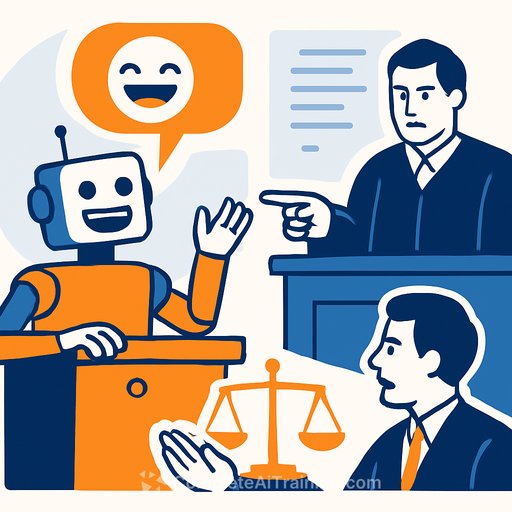AI Won't Replace Writers - But It Can Sharpen Your Process
AI gets praised and mocked in the same breath. It's framed as both the shortcut and the threat. Writers feel that tension more than most.
When ChatGPT landed in 2022, classrooms scrambled. Some banned it, others experimented. The truth sits in the middle: AI can help, but only if you stay in control of your process.
Use AI as a Tool, Not a Ghostwriter
AI is useful for brainstorming, surfacing angles, and stress-testing ideas. It's not great at depth, taste, or original thinking-your job.
- Idea discovery: Ask for 10 angles, counterarguments, or objections you might be missing.
- Outline options: Get a few structures, then rebuild them in your voice.
- Clarity passes: Use it to simplify dense paragraphs you already wrote.
- Research breadcrumbs: Request sources or key terms, then verify everything yourself.
Keep control by drafting in your own words and using AI for prompts, checks, and structure-not final copy.
The Risks Writers Shouldn't Ignore
- Dependency: If you reach for AI every time you stall, your thinking dulls over time.
- Voice erosion: Repeated AI edits smooth out the edges that make your writing yours.
- False confidence: AI can be convincing and wrong. Fact-check everything.
- Shallow takes: It can summarize, but it can't replace human curiosity or real conversations.
A Simple Workflow That Respects Your Craft
- Define the point: Write a one-sentence thesis and who it serves.
- Human research first: Read, highlight, and talk to people if relevant.
- AI for frictionless planning: Ask for outline options and counterpoints. Pick and rewrite.
- Draft without AI: Get the messy first draft down fast.
- Edit with help: Use AI for headline options, clarity passes, and concise rewrites of your own text.
- Verify claims: Check facts, sources, quotes, and data.
- Reflect: Note where AI helped and where it hurt. Adjust the next session.
Prompts That Actually Help
- "List the strongest counterarguments to [my thesis] from [specific audience] and where they're right."
- "Propose 3 outlines for an article targeting [writers/editors], each with a different angle."
- "Rewrite this paragraph for clarity and brevity, keep the tone conversational: [paste text]."
- "What common misconceptions about [topic] should I address, with sources to review?"
Guardrails to Keep Your Edge
- No-AI window: For the first 15-30 minutes, think and outline by hand.
- Timebox usage: Limit AI to specific phases (outline, clarity pass) and set a timer.
- Track changes: Edit AI text aggressively and review diffs to protect your voice.
- People first: Discuss ideas with peers. AI can't replace real conversations.
- Log your process: Keep a brief note after each session on what worked.
Ethics That Keep You Employable
- Be transparent if a client or publication requires disclosure.
- Never pass off AI-generated facts as verified. Cite and confirm.
- Use AI to assist, not to impersonate. Your credibility is the asset.
Resources
Bottom Line
Use AI to think wider, not lazier. Keep your voice, your judgment, and your standards. The writer who marries curiosity with smart tooling will stay in demand-because the work reads human.
Your membership also unlocks:






